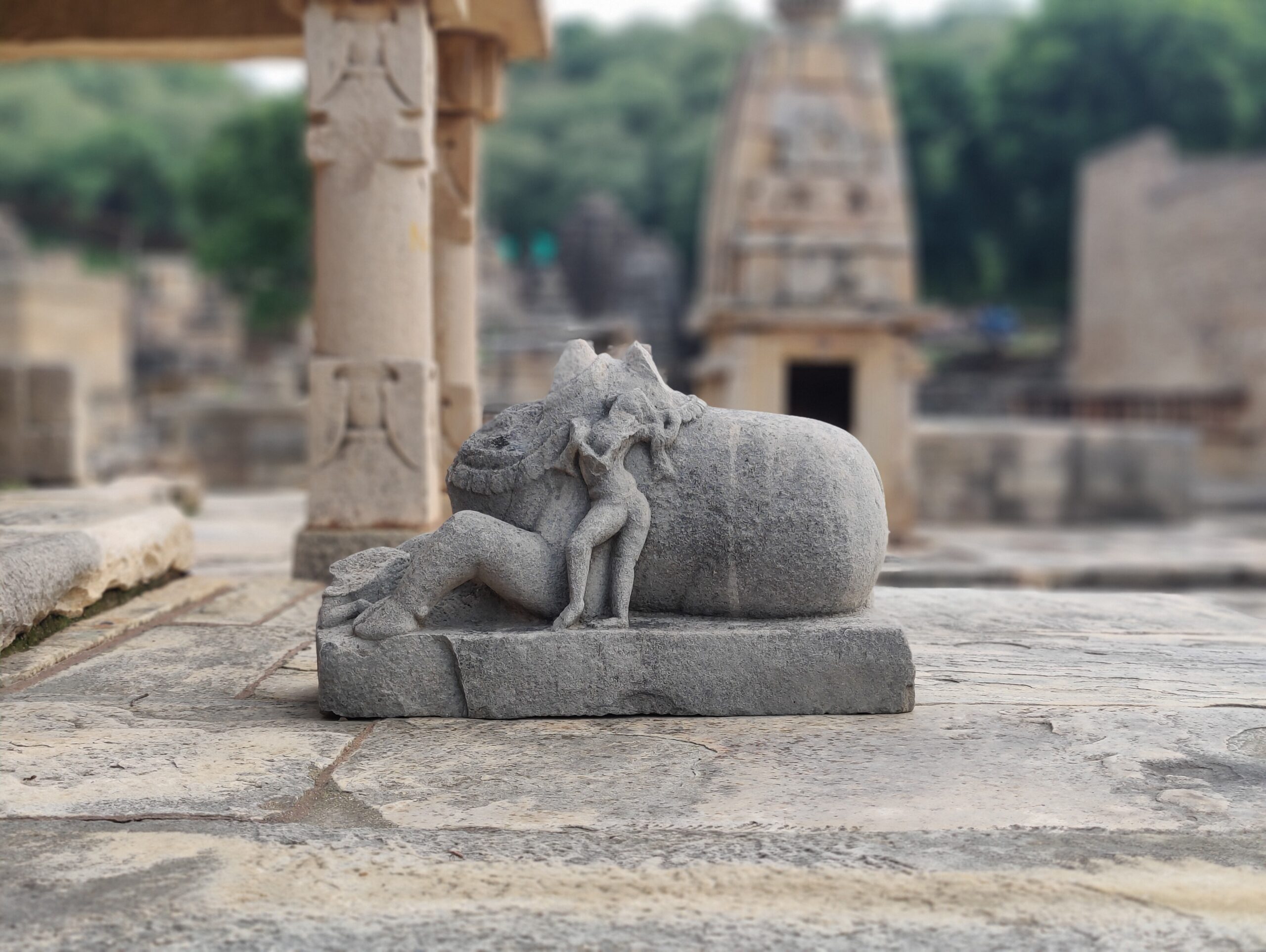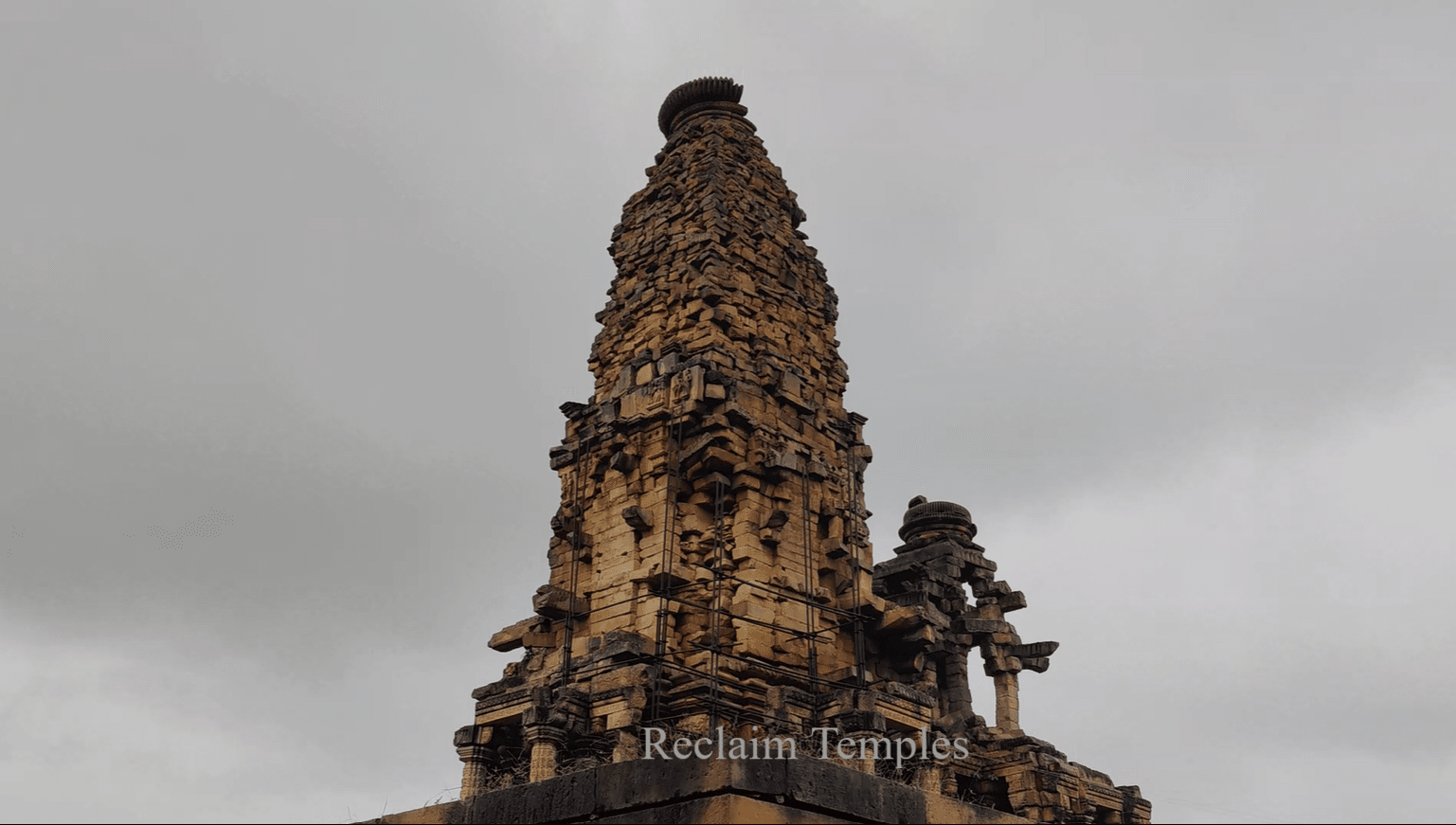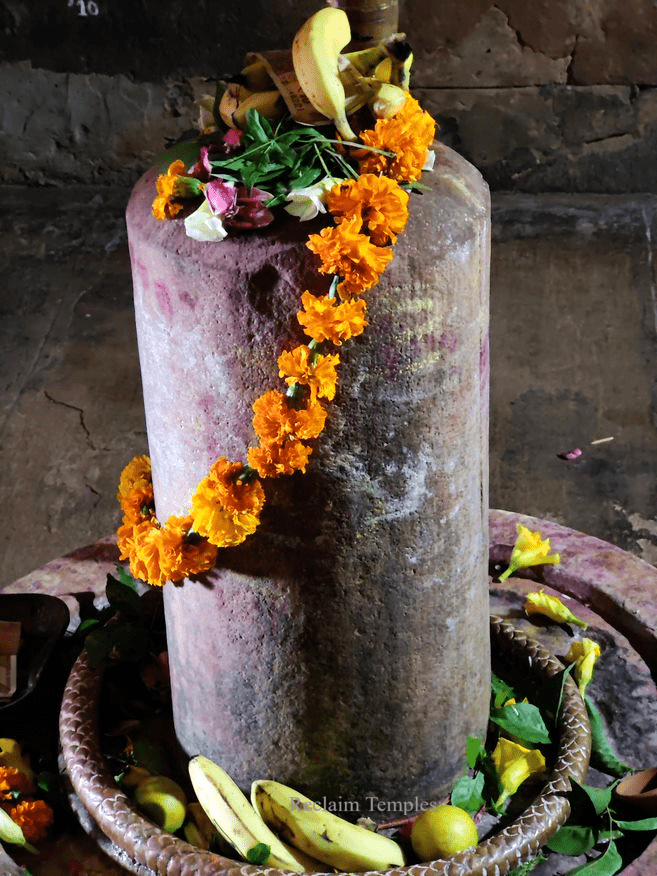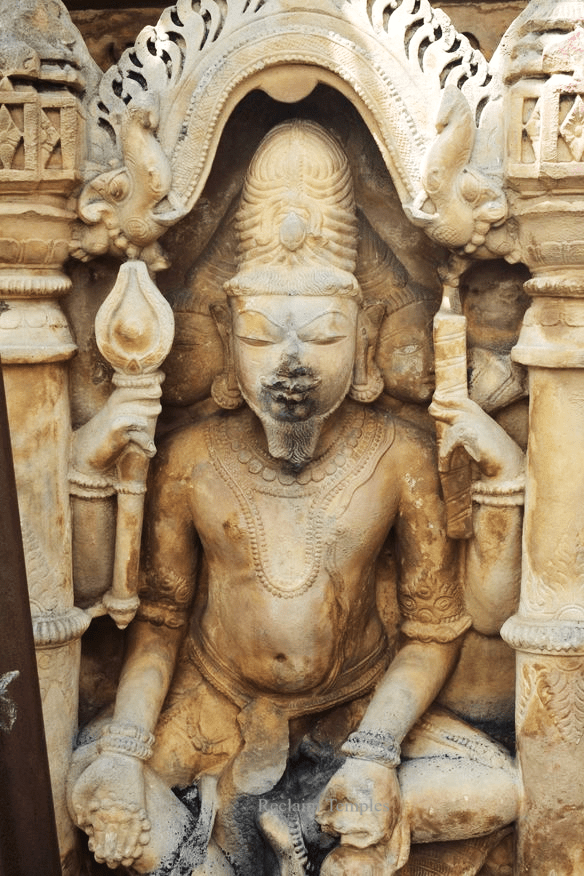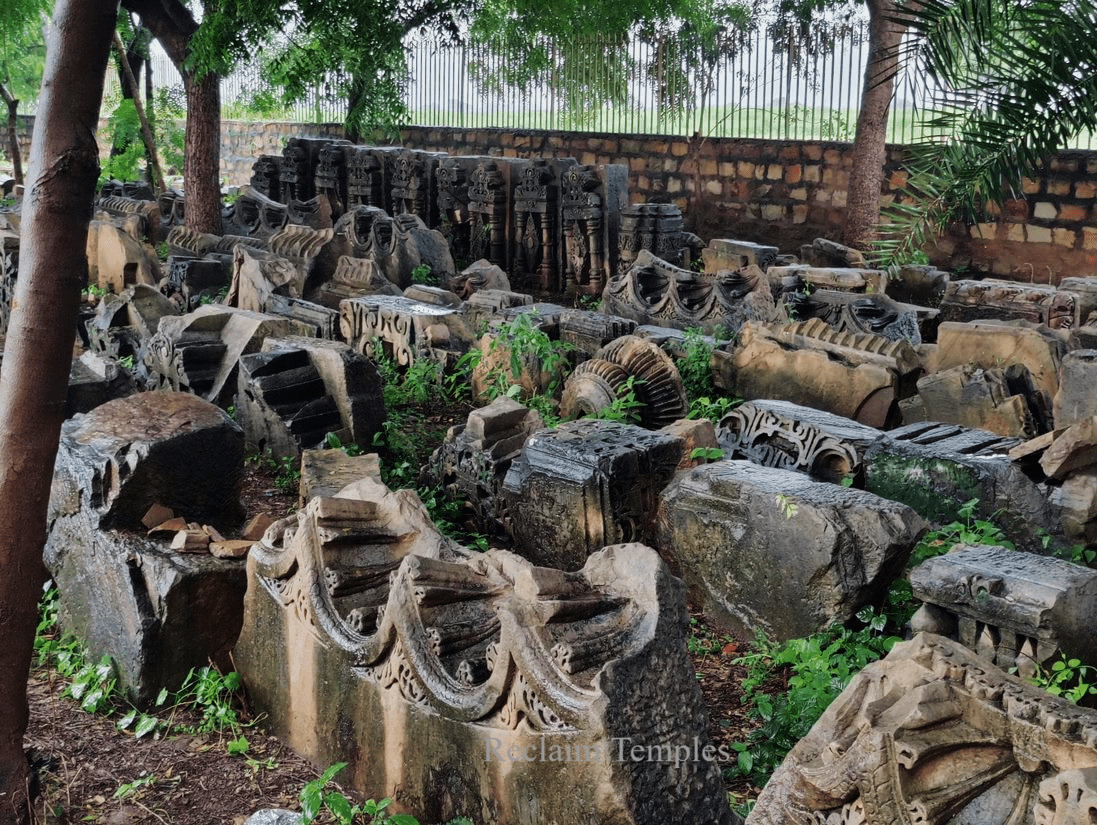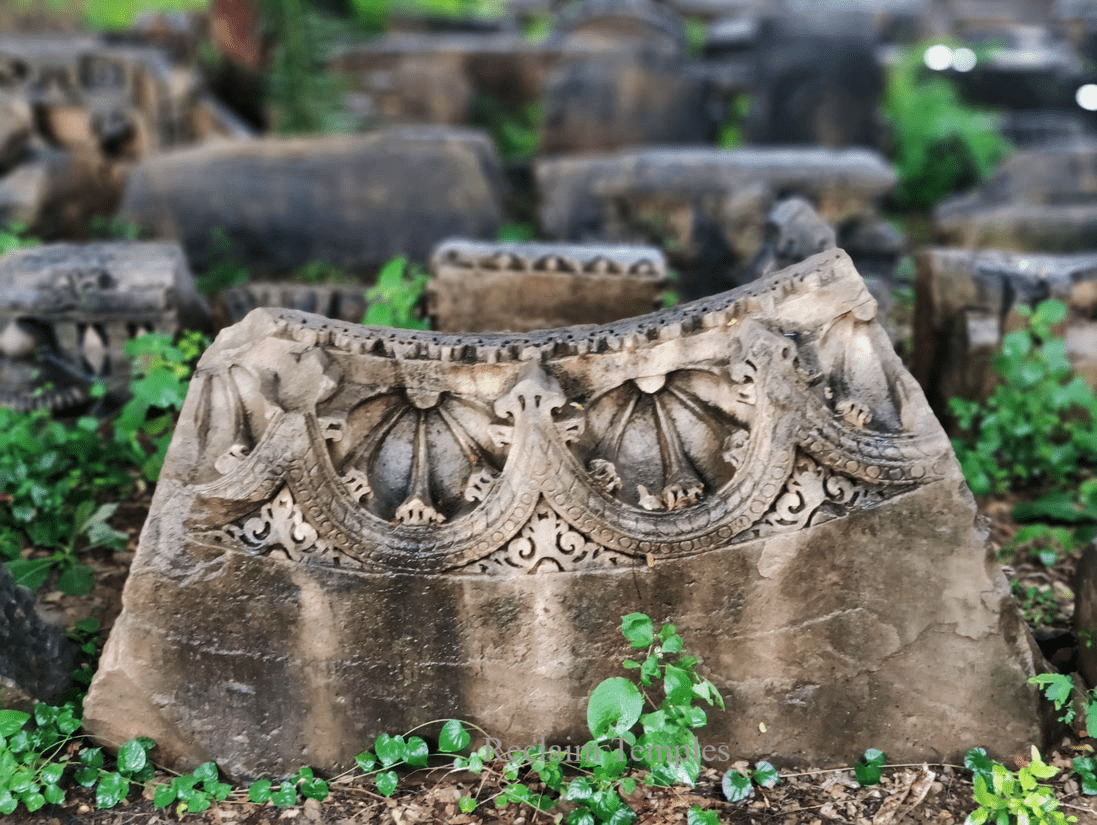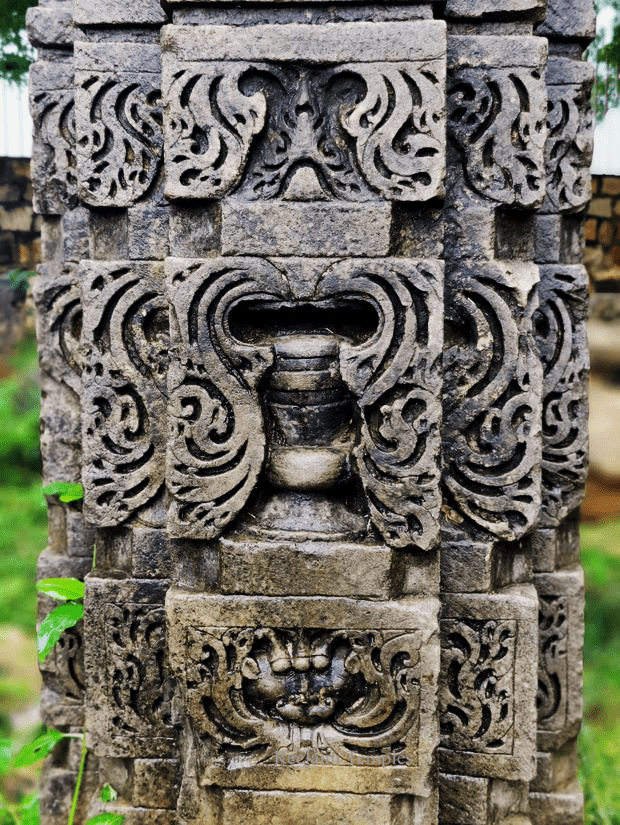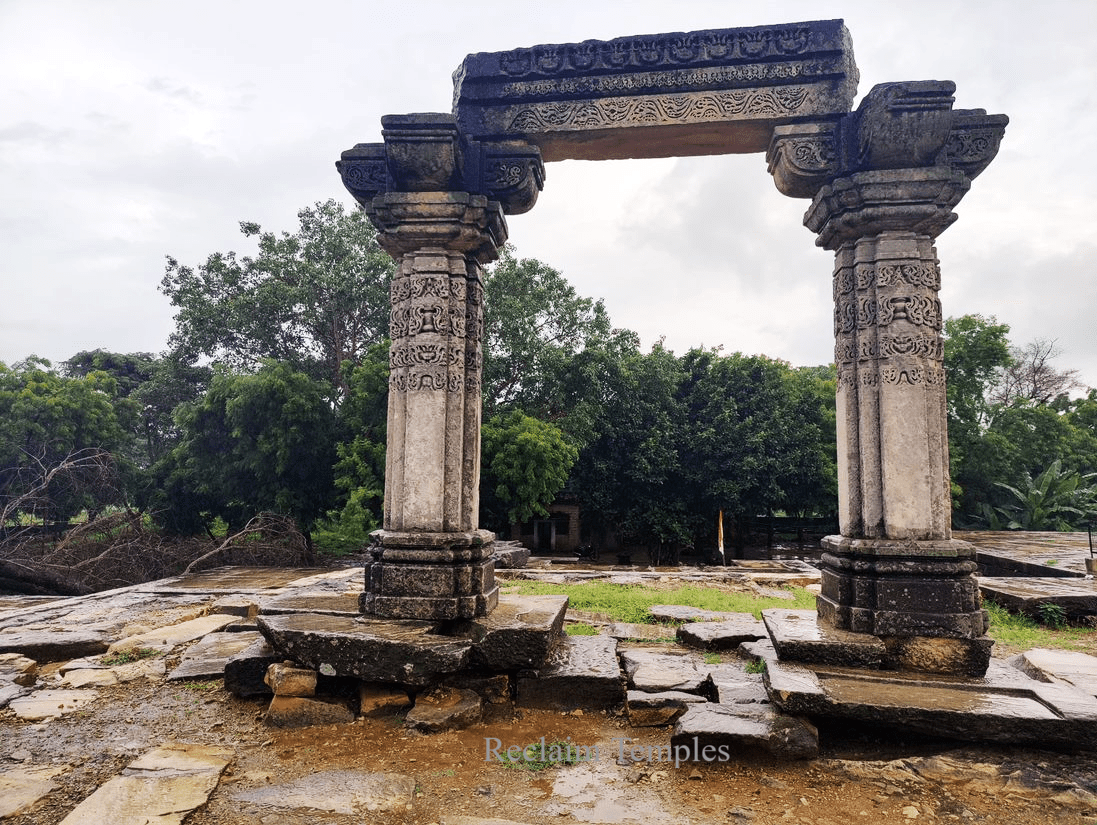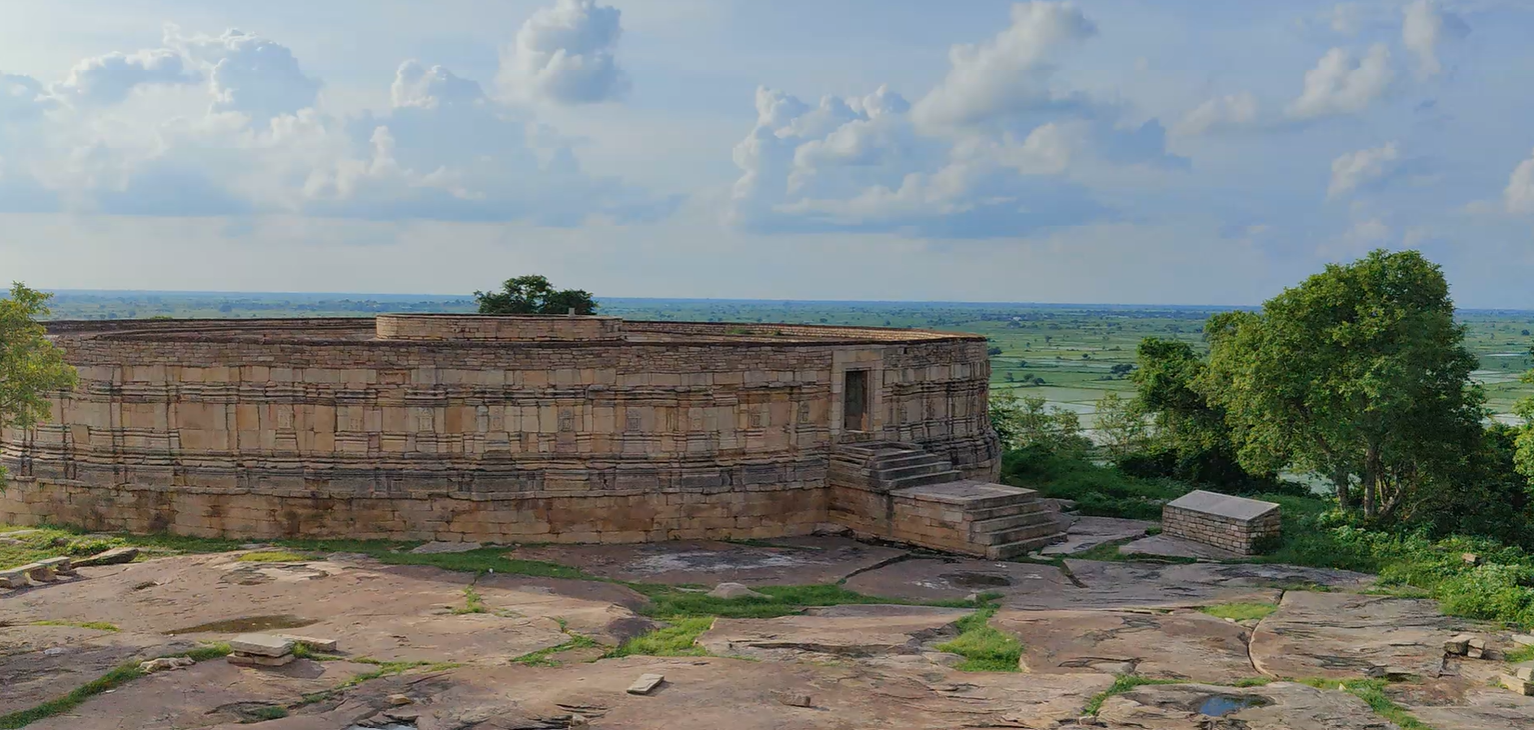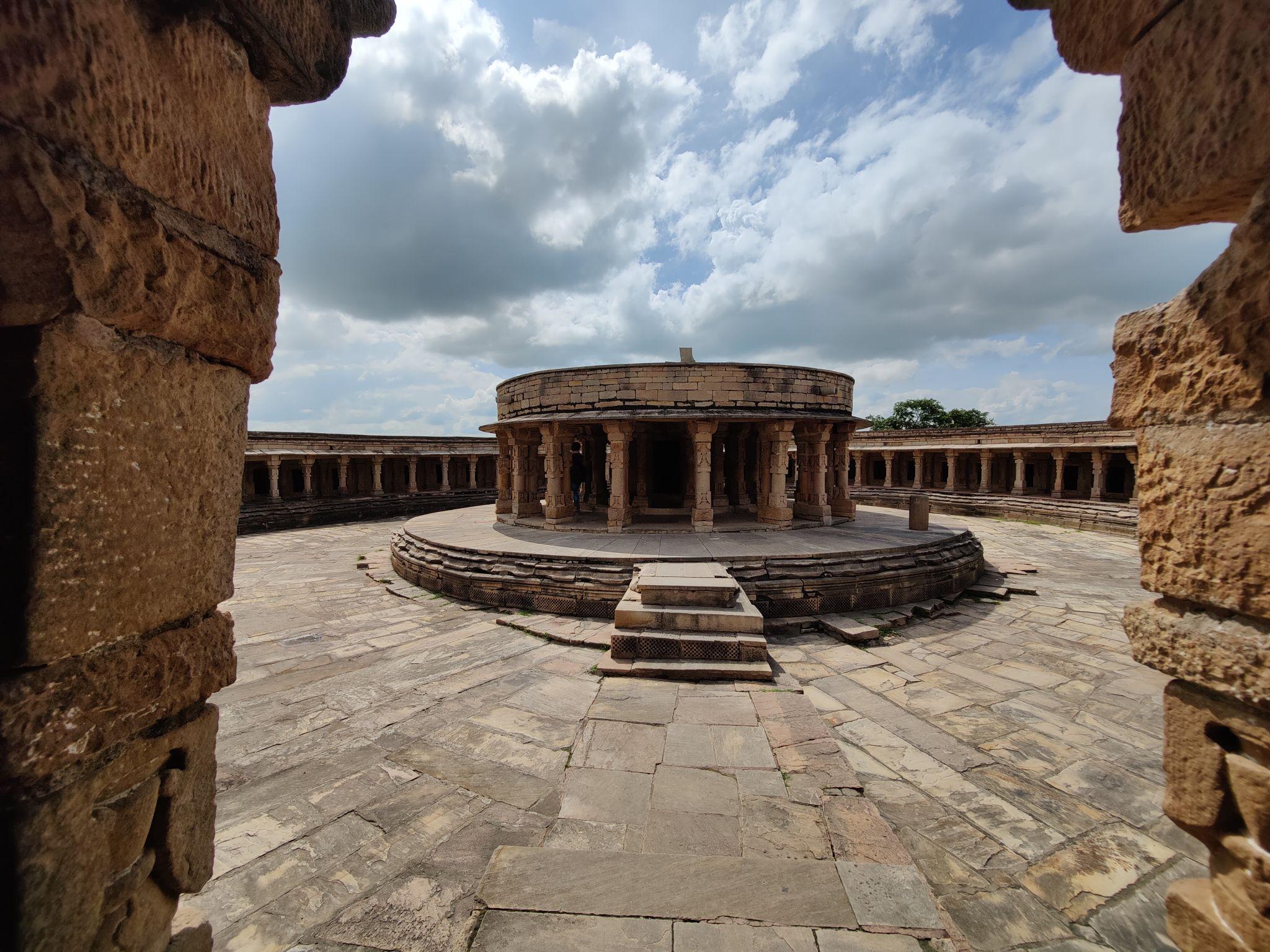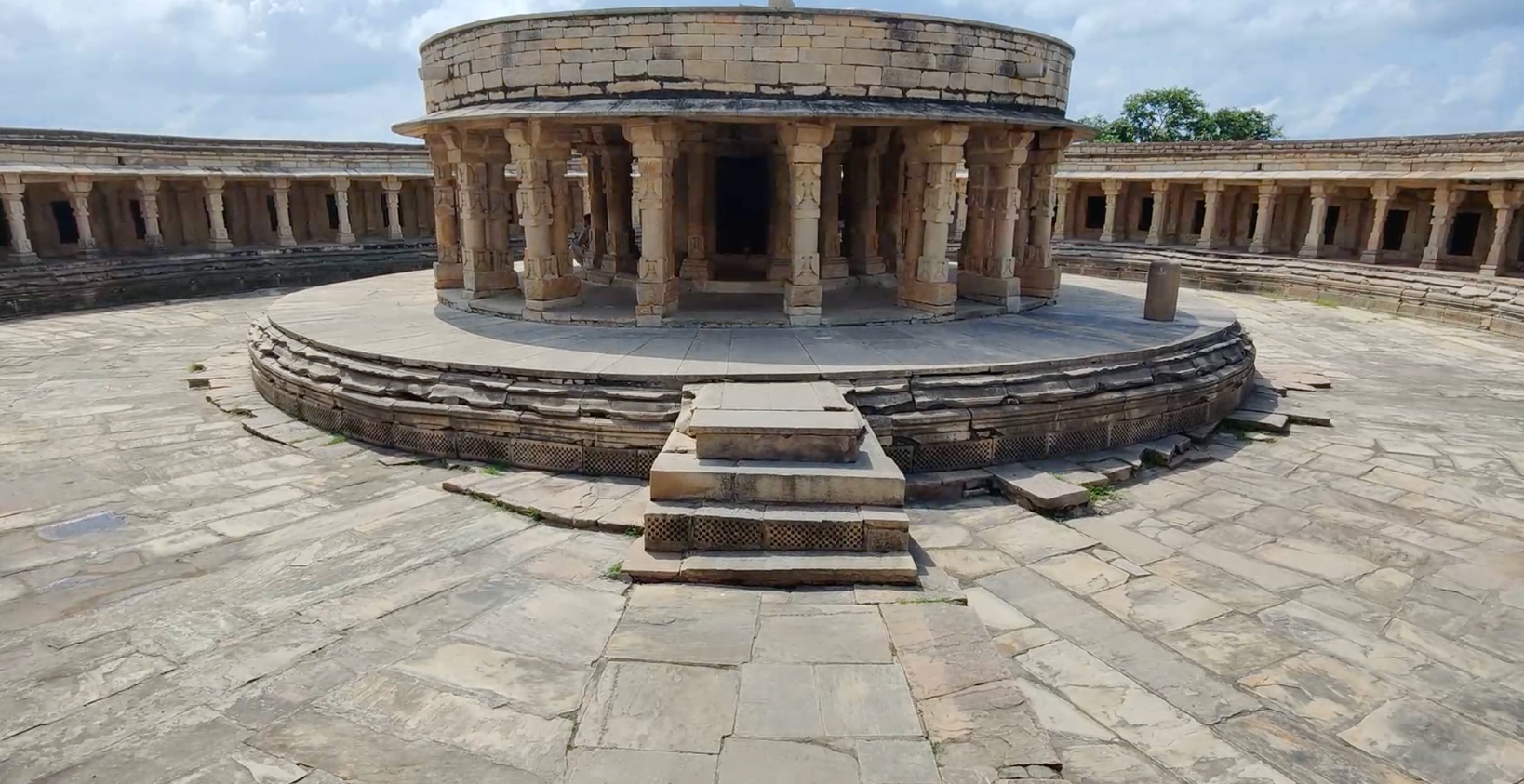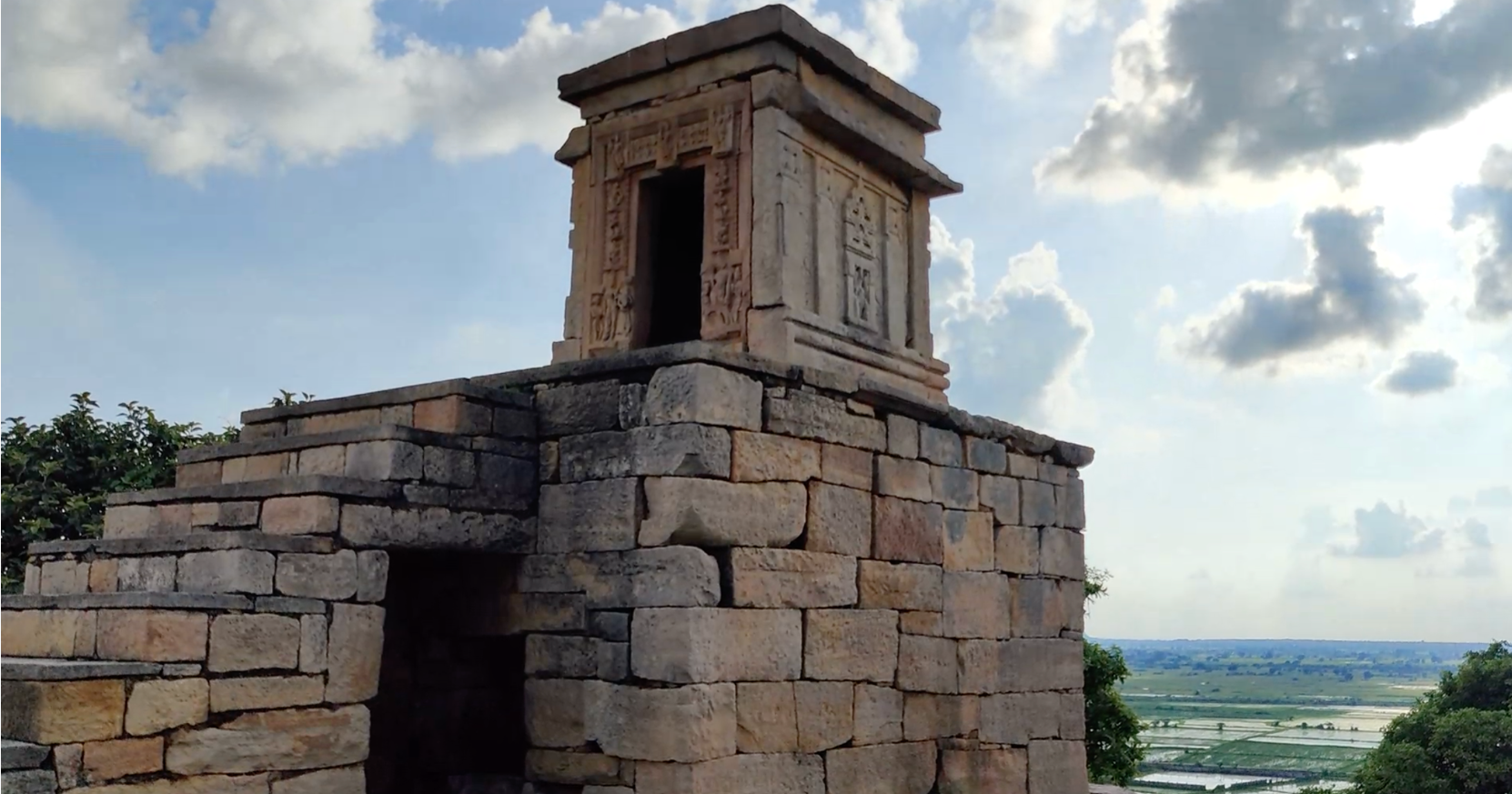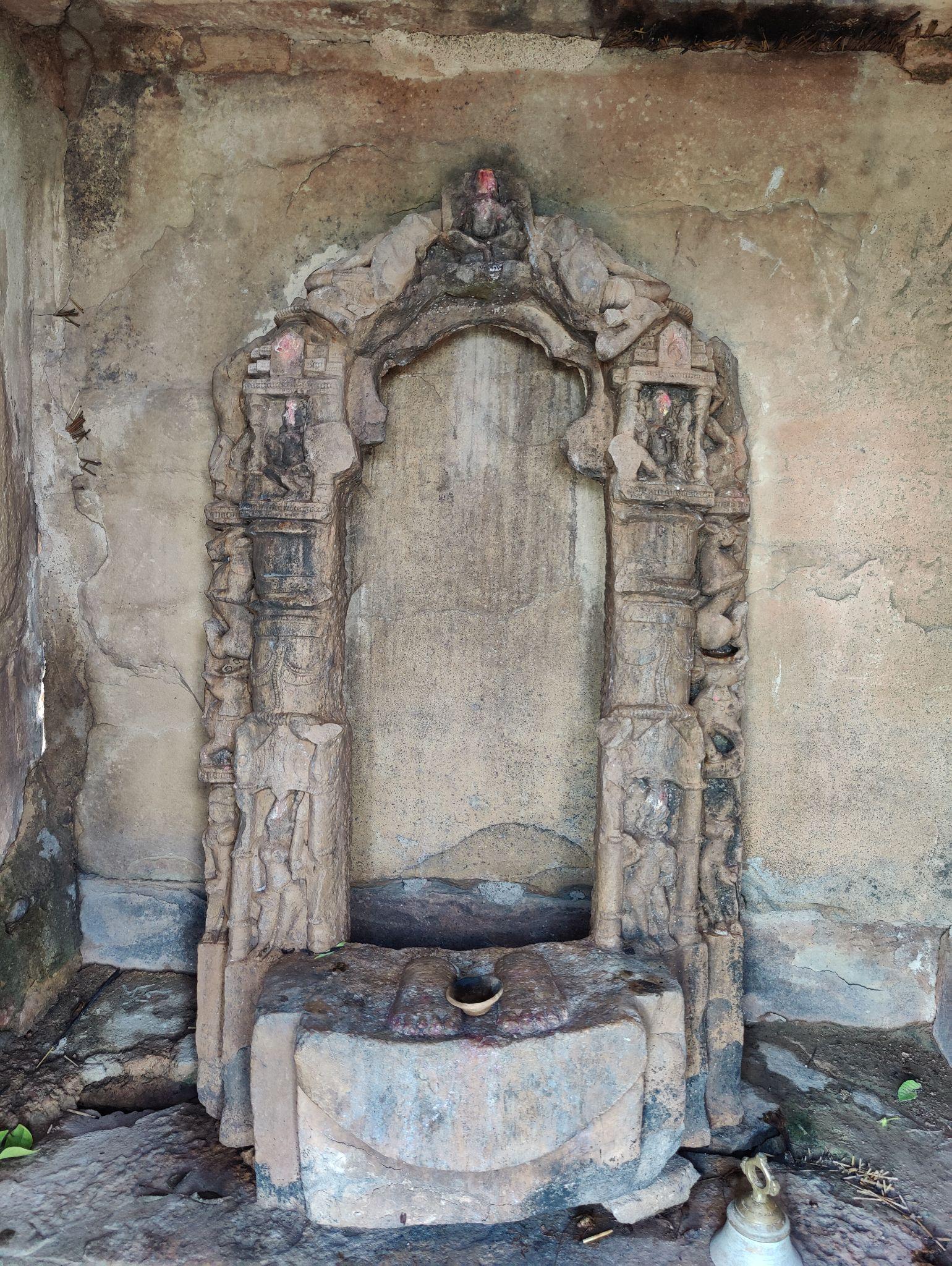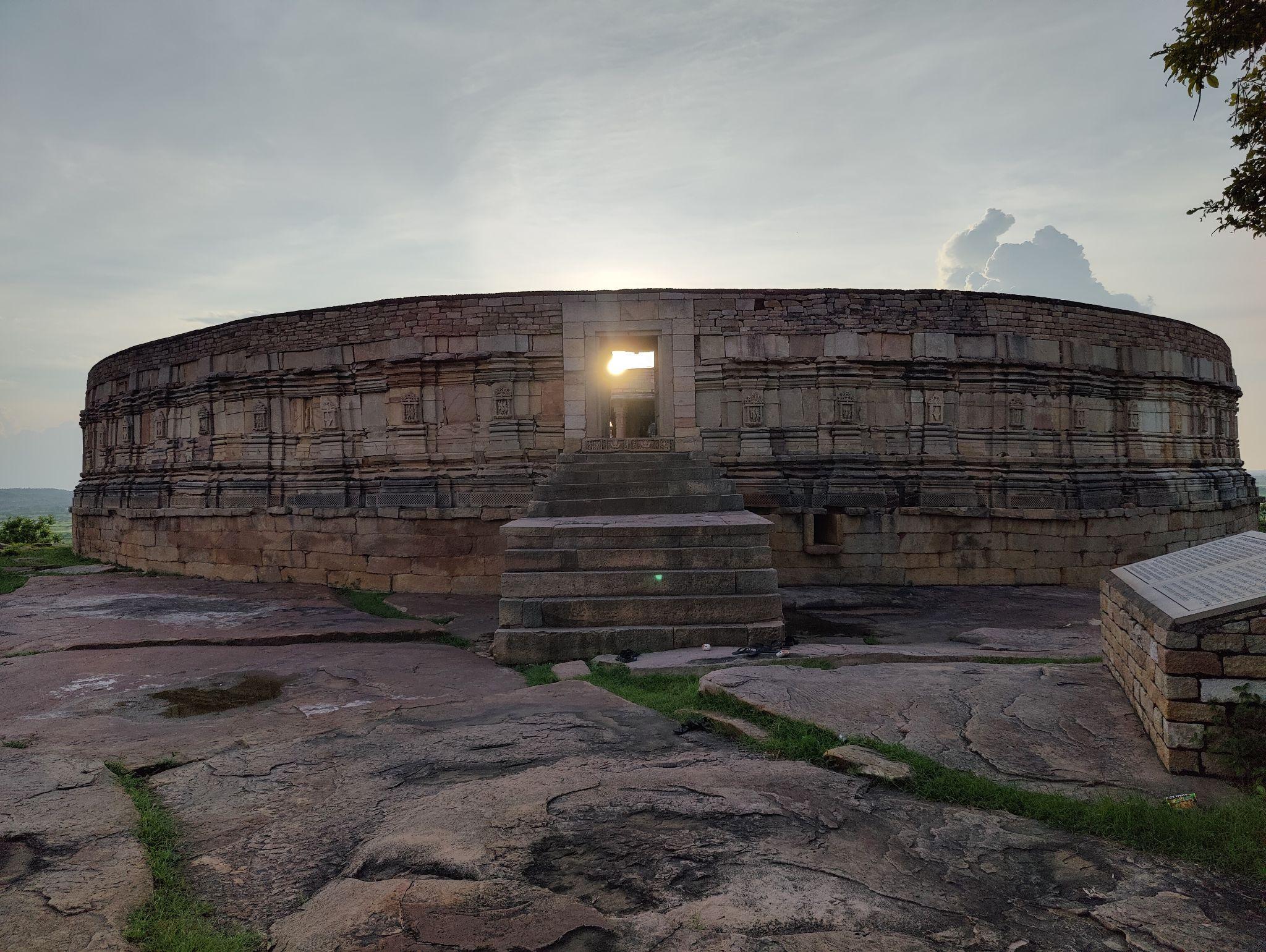Bateshwar Temple Complex, Morena
Bateshwar Temples, Morena: A Testament to India’s Enduring Hindu Heritage
Situated amidst the rugged terrain of Morena, Madhya Pradesh, the Bateshwar Group of Temples epitomizes the zenith of India’s ancient Hindu architectural and spiritual traditions. This ensemble of over 200 temples, constructed between the 10th and 14th centuries, offers profound insights into the artistic, cultural, and theological sophistication of medieval India. Far from being mere relics, these temples are enduring symbols of the resilience of Hindu civilization, embodying a sacred continuity that spans millennia.

A Devotional Nexus of Hindu Spirituality
The Bateshwar temples, primarily dedicated to Lord Shiva, Lord Vishnu, and Devi, reflect the centrality of these deities within the pantheon of Hindu dharma. Intricate carvings and sculptures within the complex capture divine narratives with remarkable precision and reverence, underscoring the seamless integration of artistic mastery and devotional intent. Each temple serves as a sanctified space where ritual practice and spiritual inquiry have flourished over centuries, offering a tangible connection to the theological ethos of Sanatana Dharma.
These temples illustrate the profound interplay between faith, culture, and community within Hinduism. As living embodiments of dharma, they highlight the enduring vitality of India’s spiritual traditions, reaffirming the foundational role of religious praxis in shaping societal values and cultural identity.

Architectural Brilliance: The Nagara Style
The Bateshwar temples represent a quintessential expression of Nagara architecture, a prominent style of North Indian temple design. Crafted from locally quarried sandstone, the structures feature a harmonious blend of simplicity and ornamentation. The towering shikharas (spires) ascend with geometric precision, symbolizing an aspirational journey toward the divine, while intricately carved panels depict celestial beings, mythological episodes, and floral motifs.

What distinguishes this temple complex is the meticulous spatial arrangement of individual shrines, creating a unified architectural vision. This coherence is a testament to the sophisticated planning and engineering expertise of its creators. Furthermore, the rich iconographic repertoire—drawing from foundational texts such as the Ramayana, Mahabharata, and Puranas—serves as an invaluable repository of Hindu cultural and philosophical narratives.
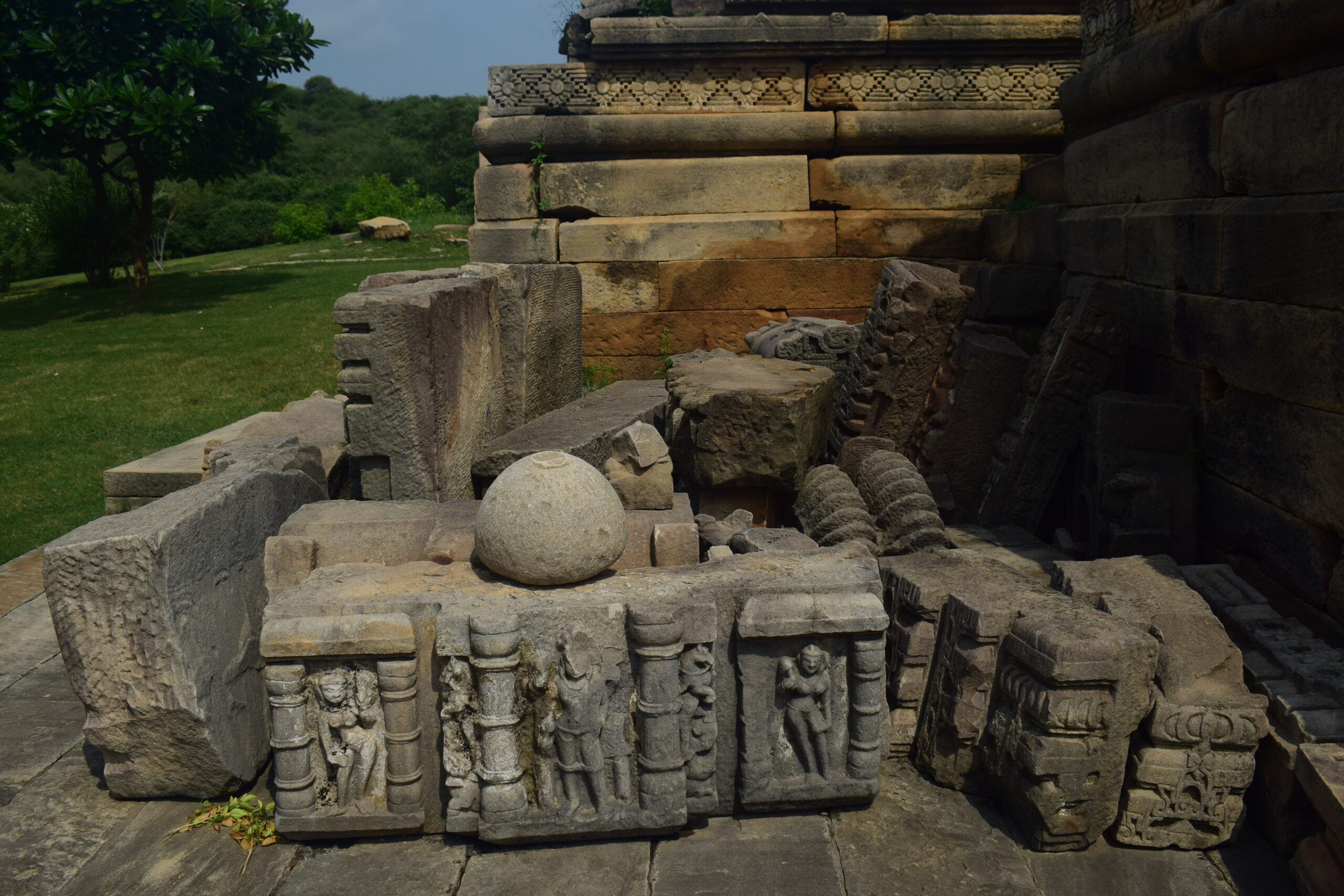
A Narrative of Resilience and Revival
The history of Bateshwar is inextricably linked with the tumultuous socio-political landscape of medieval India. The temples, like many others across the subcontinent, bore the brunt of invasions aimed at eroding indigenous cultural expressions. However, the enduring ruins of Bateshwar became a silent testament to the indefatigable spirit of Hindu civilization, resisting erasure and embodying an unbroken legacy.

The modern revival of Bateshwar owes much to the pioneering efforts of the Archaeological Survey of India (ASI) and the dedication of individuals such as archaeologist K.K. Muhammed. Their meticulous restoration work has not only preserved the structural integrity of the temples but also reanimated their cultural and spiritual significance. This initiative underscores the imperative of reclaiming and revitalizing India’s cultural heritage in the face of historical adversities.
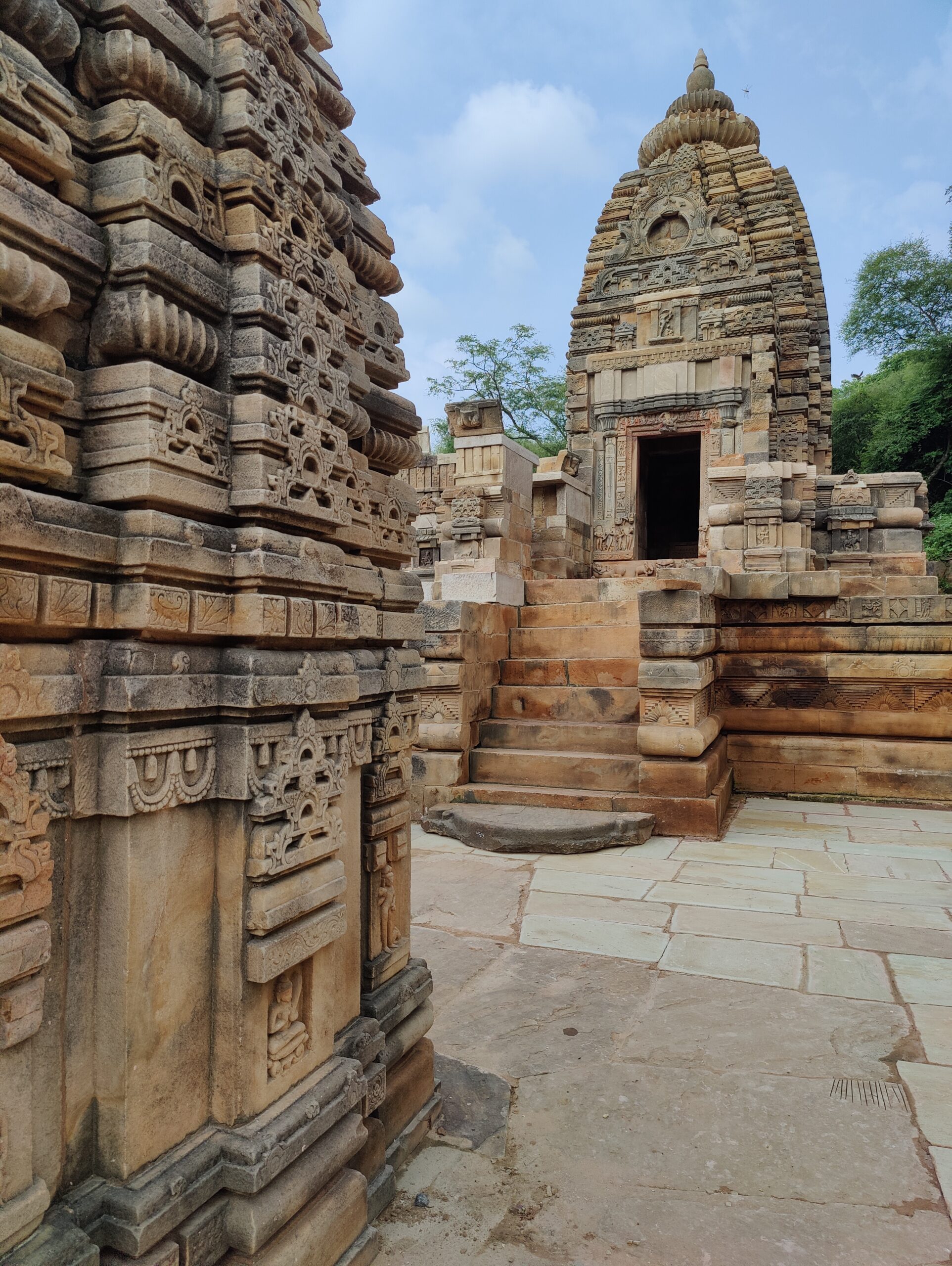
According to Michael Meister, the Bateshwar site illustrates the conception and construction of “Mandapika shrine” concept in central India. It is reducing the Hindu temple idea to its basics, in a simple concept that is one step further from the single cave cell design. This design has roots in more ancient Hindu temples found in this region such as one that survives at Mahua and has a Sanskrit inscription that calls the design as sila mandapika (literally, a “stone pandal or pavilion”. This has vedi-platform roots that combines the traditional square plan with various combinations of Hindu temple architecture elements. The temples explore a square sanctum mounted on a basement platform (jagati) that is rectangular, states Meister, so as to incorporate a small praggriva (porch).

These temples have a “simple pillared wall topped by a broad, flat-edged awning which extends beyond the sanctum to shade the entry as well. The square pillars rest directly on the vedibandha, and are crowned by “leaf capitals, their shafts engraved with decorative medallions. At its best this type has a very individual and decorative quality, still like a wooden or ivory box, intervening bands of meandering foliage especially vital, the whole framed by the flat, deeply shadowed vedibandha mouldings and the crisp chadya (with saw-tooth edge) above”, according to Meister. The significance of these temples is that they fuse and experiment with a variety of temple building ideas, such as topping the nagara sikharas that may have been dominant by that time possibly in western India, on the simplest of temple grid plans with more ancient roots in central India.

Many such small shrines are present in the premises of the temple, and inside them are present various types of Shivlings. Different number of mukhi shivlings are present in the temple.

A Vision Anchored in Heritage
The Bateshwar temples illuminate the enduring relevance of India’s dharmic traditions. They stand as a beacon, inspiring a reinvigoration of cultural pride and responsibility. By safeguarding and honoring this legacy, we not only pay homage to the past but also lay a foundation for a future enriched by the timeless values of Sanatana Dharma.
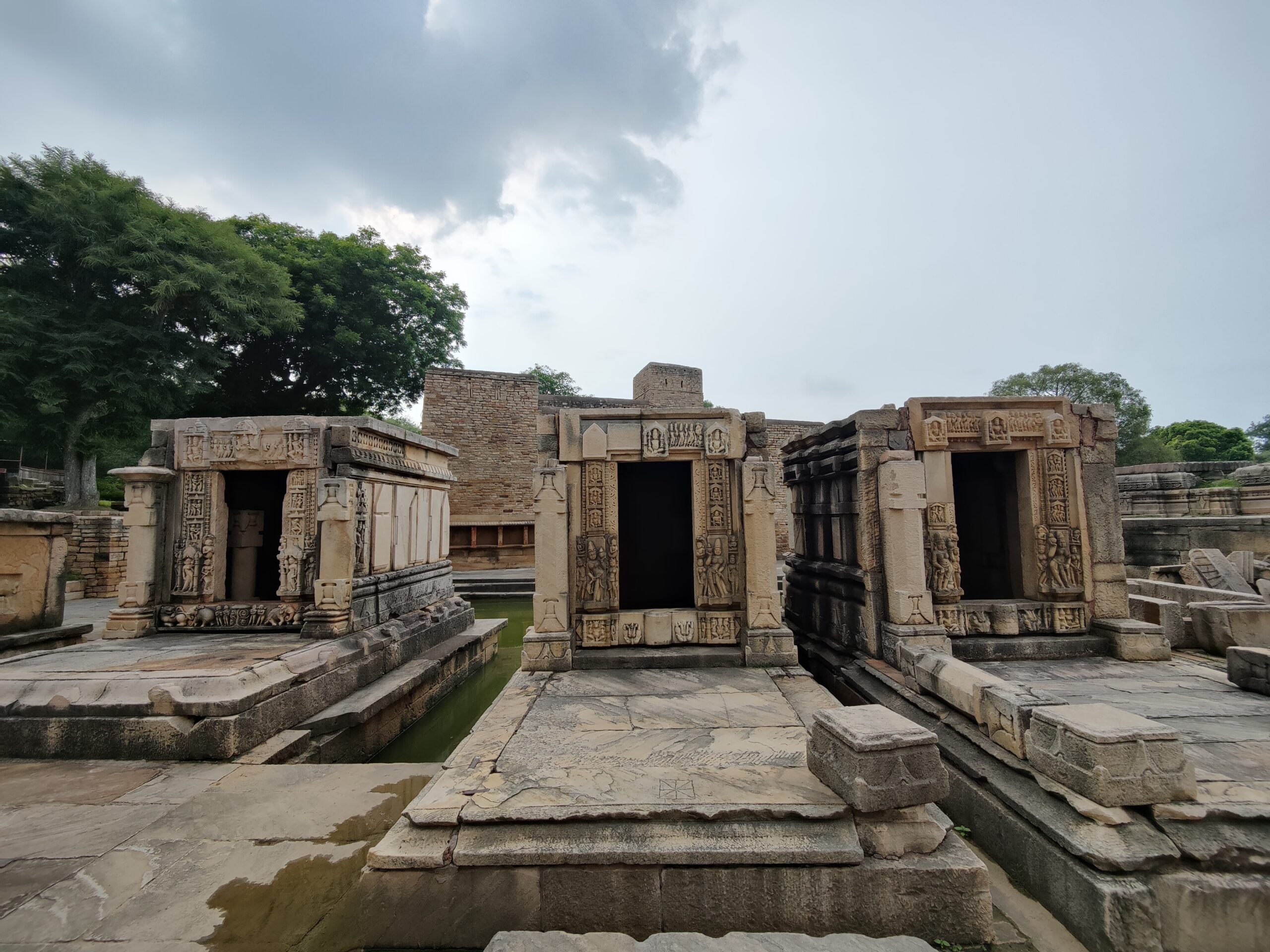
In the magnificence of Bateshwar, we discern the essence of Bharat—a civilization built on resilience, unity, and spiritual profundity. As custodians of this rich inheritance, it is our duty to ensure its preservation and perpetuation for generations to come, thereby sustaining the luminous spirit of Indian heritage.
Recent Developments and Future Directions
Recent restoration efforts have focused on stabilizing and reconstructing the dilapidated structures within the Bateshwar complex. Utilizing traditional techniques and materials, archaeologists have painstakingly revived the intricate carvings and architectural details, ensuring historical authenticity. Advanced conservation strategies, including structural reinforcements and improved drainage systems, have been implemented to safeguard the temples against environmental degradation.

Looking forward, further measures are essential to enhance the preservation and prominence of Bateshwar. These include:
- Enhanced Documentation: Comprehensive digital mapping and 3D modeling of the site to create an accessible repository for research and conservation planning.
- Community Engagement: Involving local communities in preservation efforts to foster a sense of ownership and pride in their heritage.
- Tourism Infrastructure: Developing eco-friendly facilities, including visitor centers, guided tours, and informative exhibits, to promote cultural tourism while protecting the site’s sanctity.
- Educational Initiatives: Establishing collaborations with academic institutions for interdisciplinary research and workshops focused on heritage conservation.
- Policy Advocacy: Strengthening legal protections against encroachments and ensuring sustained funding for ongoing conservation efforts.
